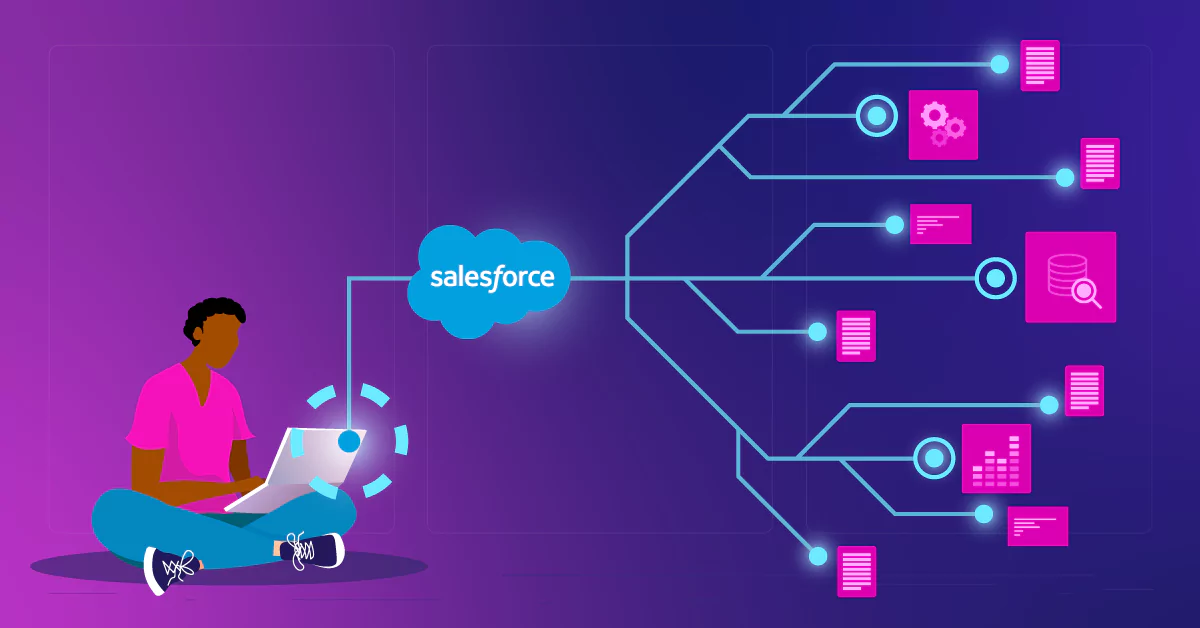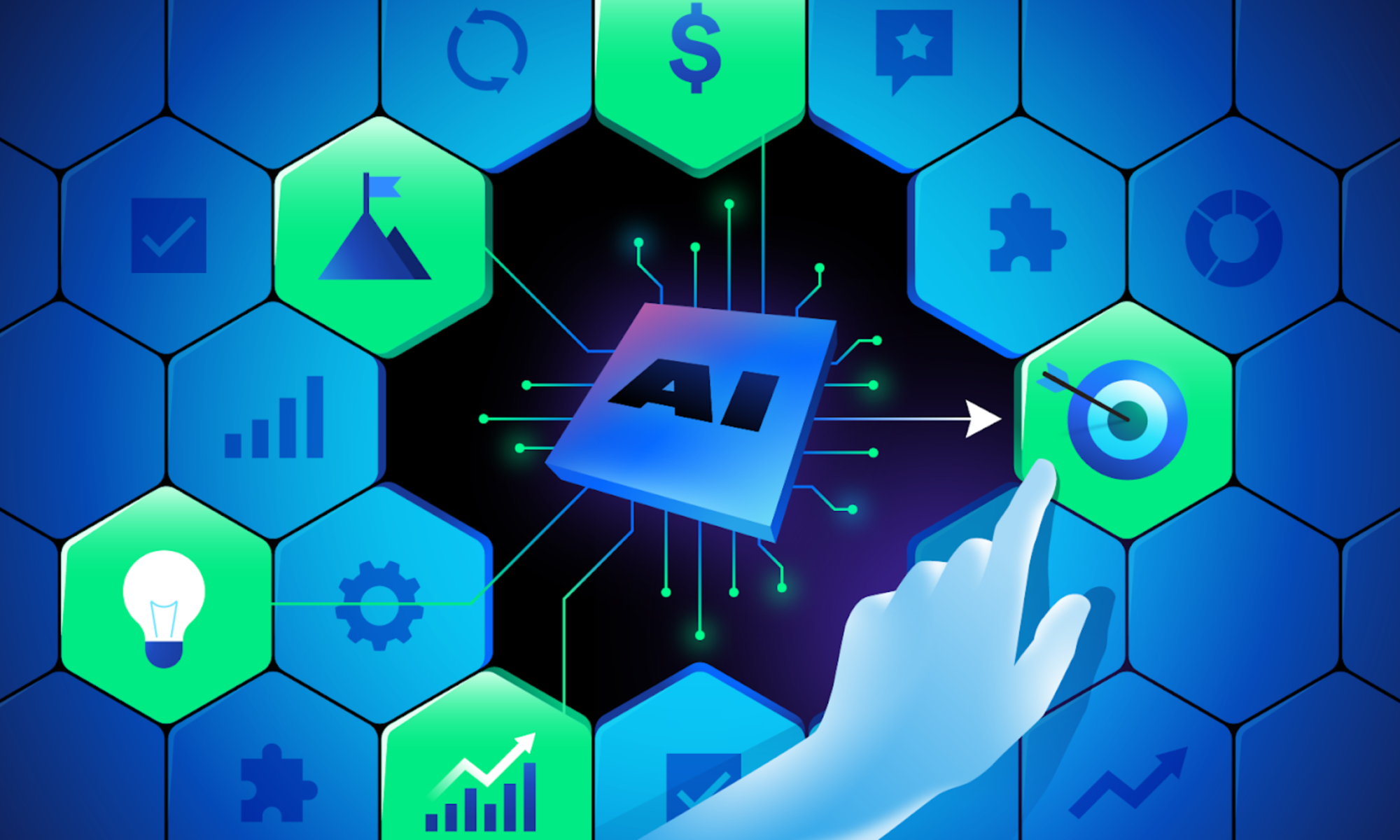The technology industry is a dynamic and rapidly evolving landscape. From SaaS companies and hardware manufacturers to cutting-edge AI developers and cybersecurity firms, each segment operates with its own set of unique challenges, customer expectations, and growth trajectories. Off-the-shelf CRM solutions often fall short of addressing these nuanced requirements. This is where the power of tailoring Salesforce comes into play, transforming it from a generic platform into a strategic asset that fuels innovation and drives success within the tech sector.
Salesforce, with its robust architecture and extensive customization capabilities, offers a fertile ground for building a CRM environment perfectly aligned with the specific needs of technology businesses. Let’s delve into some key areas where tailoring Salesforce can provide a significant competitive advantage:
1. Managing Complex Sales Cycles and Product Offerings:
Technology sales often involve intricate deal structures, long sales cycles, and a diverse portfolio of products and services, including software licenses, hardware, subscriptions, professional services, and ongoing support.
- Tailoring Salesforce: Custom object creation allows for the precise tracking of these diverse offerings. For instance, you can create objects for “Software Licenses,” “Subscription Agreements,” or “Service Contracts,” each with specific fields relevant to that product type (e.g., license duration, renewal date, service level agreement). Custom workflows can automate the quoting process for bundled solutions or recurring revenue models. Price books can be configured to handle tiered pricing, volume discounts, and promotional offers specific to different customer segments or product lines.
Example: A SaaS company can create a custom object for “Subscriptions” with fields like “Subscription Tier,” “Number of Users,” “Billing Frequency,” and “Renewal Date.” Automated workflows can trigger renewal reminders and upsell opportunities based on usage data or contract terms.
2. Streamlining Lead Management and Qualification for Tech Audiences:
Identifying and qualifying the right leads is crucial in the tech industry. Marketing efforts often target highly specific technical roles and business needs.
- Tailoring Salesforce: Lead scoring rules can be customized to prioritize leads based on engagement with technical content (whitepapers, webinars), specific job titles, or expressed interest in particular technologies. Integration with marketing automation platforms can ensure a seamless flow of qualified leads into Salesforce. Custom lead fields can capture crucial information like the prospect’s current technology stack, project timelines, and specific technical challenges they are facing.
Example: A cybersecurity firm can assign higher lead scores to prospects who have downloaded their whitepaper on “Zero-Trust Architecture” or attended a webinar on “Advanced Threat Detection.”
3. Enhancing Customer Support and Success in a Technical Context:
Providing exceptional support is paramount in the tech industry, where customers often require deep technical expertise and rapid issue resolution.
- Tailoring Salesforce: Service Cloud can be customized with specific case record types for different product areas or technical issues. Custom fields can capture detailed technical information, such as error codes, system configurations, and troubleshooting steps taken. Knowledge Base articles can be tailored to address common technical queries, empowering customers and reducing support ticket volume. Entitlement management can ensure that customers receive support based on their specific service agreements. Integration with remote support tools can enable agents to diagnose and resolve issues more efficiently.
Example: A hardware manufacturer can create case record types for “Hardware Malfunction,” “Software Compatibility Issue,” and “Installation Support,” each with specific fields and workflows for efficient resolution.
4. Managing Partnerships and Alliances:
Partnerships are often a critical growth engine for technology companies. Managing these relationships effectively is essential.
- Tailoring Salesforce: Partner Relationship Management (PRM) functionalities within Salesforce can be leveraged to onboard, support, and track the performance of channel partners, resellers, and technology alliances. Custom objects can be created to track partner agreements, joint marketing activities, and lead referrals. Partner portals can provide partners with access to relevant sales and marketing materials, training resources, and lead registration capabilities.
Example: A software company can use a partner portal to allow resellers to register leads, access product information, and track their commission payouts.
5. Tracking and Analyzing Key Performance Indicators (KPIs) Specific to the Tech Industry:
Technology businesses rely on specific metrics to gauge their success, such as monthly recurring revenue (MRR), customer acquisition cost (CAC), churn rate, and average contract value (ACV).
- Tailoring Salesforce: Custom reports and dashboards can be created to track these industry-specific KPIs in real-time. Formula fields and roll-up summary fields can be used to calculate these metrics based on the underlying data. Integration with business intelligence tools can provide deeper insights and visualizations.
Example: A SaaS company can create a dashboard displaying their MRR growth, churn rate by customer segment, and CAC for different acquisition channels.
Conclusion:
In the fast-paced and competitive technology industry, a generic CRM simply won’t cut it. Tailoring Salesforce to the unique needs of your tech business is not just an option; it’s a strategic imperative. By customizing the platform to align with your specific sales processes, product offerings, customer support workflows, and key performance indicators, you can empower your teams, enhance customer relationships, drive revenue growth, and ultimately gain a significant competitive edge in the ever-evolving world of technology. Investing in Salesforce customization is an investment in the future success of your technology organization




